In-memory Caching in Finance
Big data has been gradually creeping into a number of industries through the years, and it seems there are no exceptions when it comes to what type of business it plans to affect. Businesses, understandably, are scrambling to catch up to new technological developments and innovations in the areas of data processing, storage, and analytics. Companies are in a race to discover how they can make big data work for them and bring them closer to their business goals. On the other hand, consumers are more concerned than ever about data privacy and security, taking every step to minimize the data they provide to the companies whose services they use. In today’s ever-connected, always online landscape, however, every company and consumer engages with data in one way or another, even if indirectly so.
Despite the reluctance of consumers to share data with businesses and online financial service providers, it is actually in their best interest to do so. It ensures that they are provided the best experience possible, using historical data, browsing histories, and previous purchases. This is why it is also vital for businesses to find ways to maximize the use of data so they can provide the best customer experience each time. Even the more traditional industries like finance have gradually been exploring the benefits they can gain from big data. Big data in the financial services industry refers to complex sets of data that can help provide solutions to the business challenges financial institutions and banking companies have faced through the years. Considered today as a business imperative, data management is increasingly leveraged in finance to enhance processes, their organization, and the industry in general.
How Caching Can Boost Performance in Finance
In computing, caching is a method used to manage frequently accessed data saved in a system’s main memory (RAM). By using RAM, this method allows quick access to data without placing too much load on the main data stores. Caching also addresses the problems of high latency, network congestion, and high concurrency. Batch jobs are also done faster because request run times are reduced—from hours to minutes and from minutes to mere seconds. This is especially important today, when a host of online services are available and accessible to users. A delay of even a few seconds can lead to lost business, making both speed and performance critical factors to business success. Scalability is another aspect that caching can help improve by allowing finance applications to scale elastically. Elastic scalability ensures that a business is equipped to handle usage peaks without impacting performance and with the minimum required effort.
Below are the main benefits of big data and in-memory caching to financial services:
- Big data analytics integration with financial models
Predictive modeling can be improved significantly with big data analytics so it can better estimate business outcomes. Proper management of data helps improve algorithmic understanding so the business can make more accurate predictions and mitigate inherent risks related to financial trading and other financial services.
Predictive modeling can be improved significantly with big data analytics so it can better estimate business outcomes. Proper management of data helps improve algorithmic understanding so the business can make more accurate predictions and mitigate inherent risks related to financial trading and other financial services. - Real-time stock market insights
As data volumes grow, data management becomes a vital factor to business success. Stock markets and investors around the globe now rely on advanced algorithms to find patterns in data that will help enable computers to make human-like decisions and predictions. Working in conjunction with algorithmic trading, big data can help provide optimized insights to maximize portfolio returns. Caching can consequently make the process smoother by making access to needed data easier, quicker, and more efficient. - Customer analytics
Understanding customer needs and preferences is the heart and soul of data management, and, ultimately, it is the goal of transforming complex datasets into actionable insights. In banking and finance, big data initiatives focus on customer analytics and providing the best customer experience possible. By focusing on the customer, companies are able to Ieverage new technologies and channels to anticipate future behaviors and enhance products and services accordingly. By building meaningful customer relationships, it becomes easier to create customer-centric financial products and seize market opportunities. - Fraud detection and risk management
In the finance industry, risk is the primary focus of big data analytics. It helps in identifying fraud and mitigating operational risk while ensuring regulatory compliance and maintaining data integrity. In this aspect, an in-memory cache can help provide real-time data that can help in identifying fraudulent activities and the vulnerabilities that caused them so that they can be avoided in the future.
What Does This Mean for the Finance Industry?
Big data is set to be a disruptor in the finance sector, with 70% of companies citing big data as a critical factor of the business. In 2015 alone, financial service providers spent $6.4 billion on data-related applications, with this spending predicted to increase at a rate of 26% per year. The ability to anticipate risk and pre-empt potential problems are arguably the main reasons why the finance industry in general is leaning toward a more data-centric and customer-focused model. Data analysis is also not limited to customer data; getting an overview of business processes helps managers make informed operational and long-term decisions that can bring the company closer to its objectives. The challenge is taking a strategic approach to data management, choosing and analyzing the right data, and transforming it into useful, actionable insights.
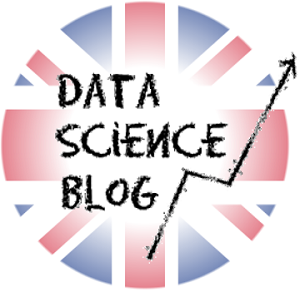


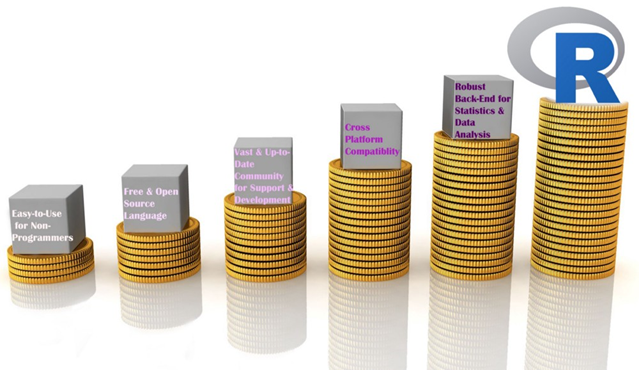


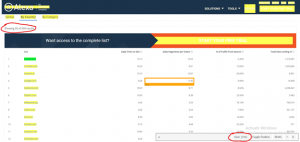


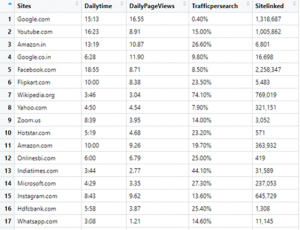
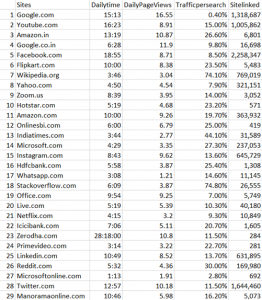

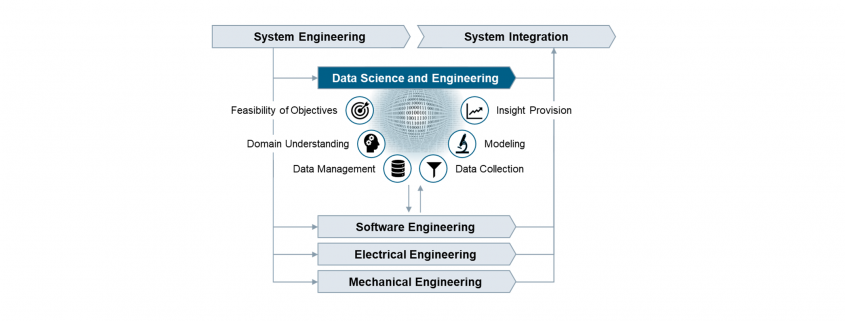
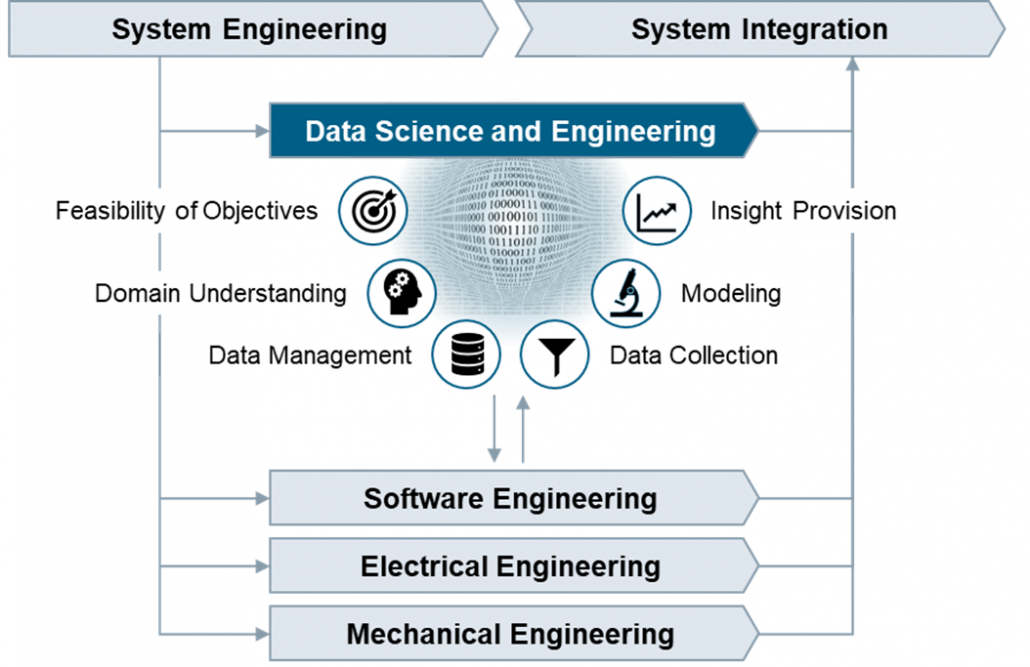



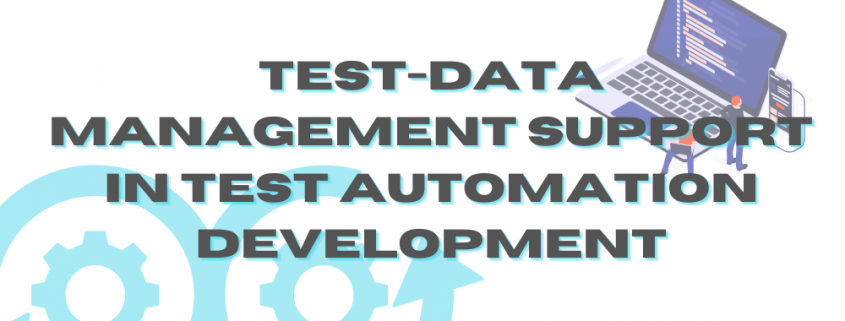
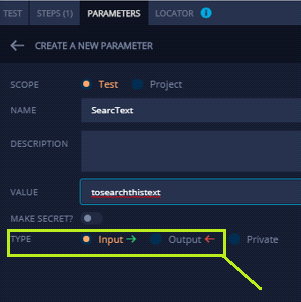
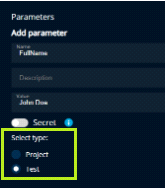
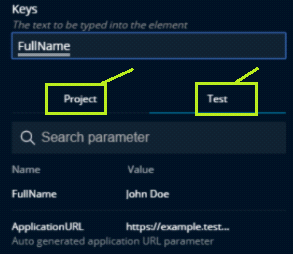


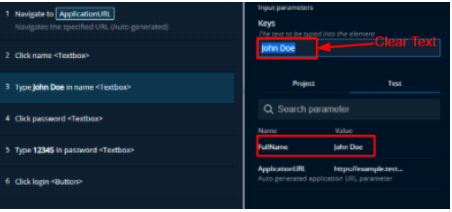
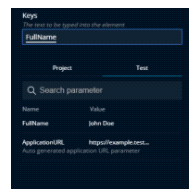

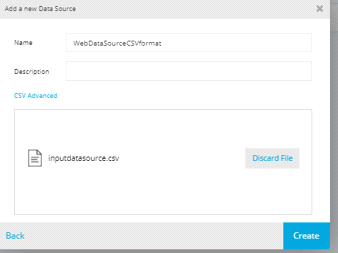
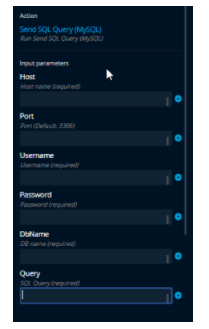
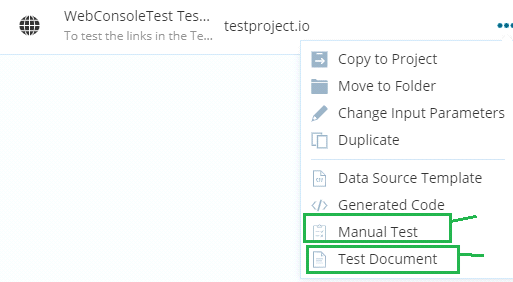



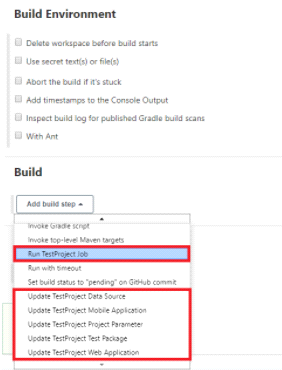
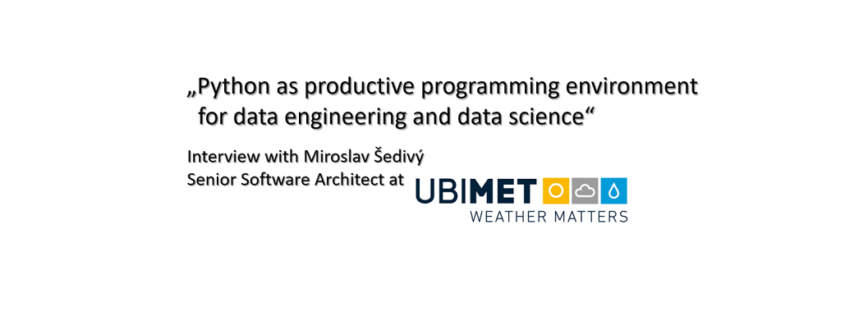
 Miroslav Šedivý is a Senior Software Architect at UBIMET GmbH, using Python to make the sun shine and the wind blow. He is an enthusiast of both human and programming languages and found Python as his language of choice to setup very productive environments. Mr. Šedivý was born in Czechoslovakia, studied in France and is now living in Germany. Furthermore, he helps in the organization of the events PyCon.DE and Polyglot Gathering.
Miroslav Šedivý is a Senior Software Architect at UBIMET GmbH, using Python to make the sun shine and the wind blow. He is an enthusiast of both human and programming languages and found Python as his language of choice to setup very productive environments. Mr. Šedivý was born in Czechoslovakia, studied in France and is now living in Germany. Furthermore, he helps in the organization of the events PyCon.DE and Polyglot Gathering.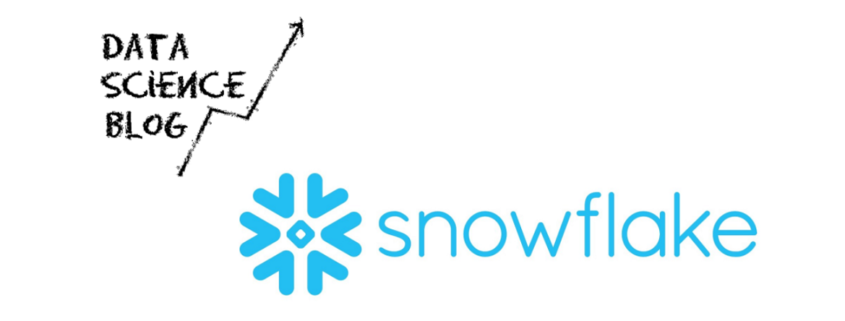


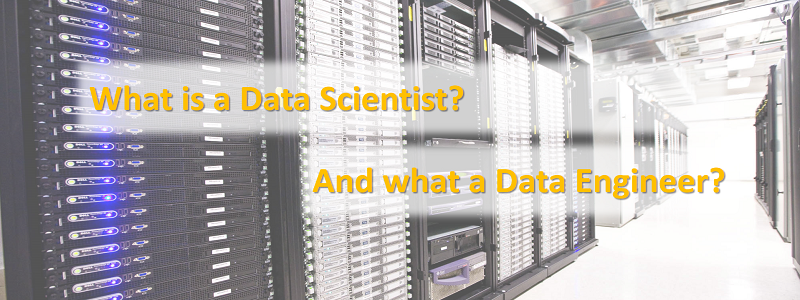
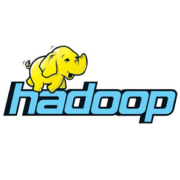


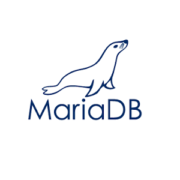
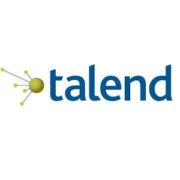
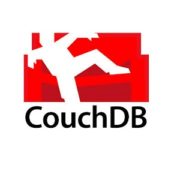
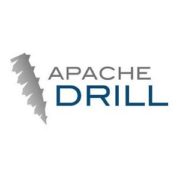

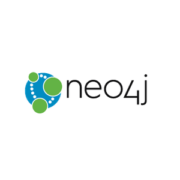

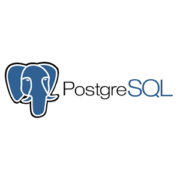
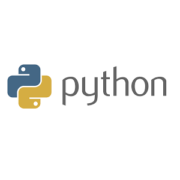
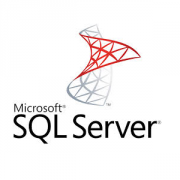
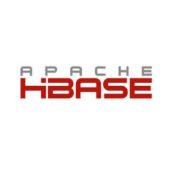
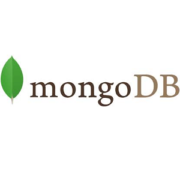

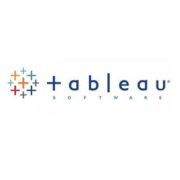

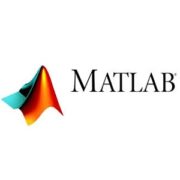


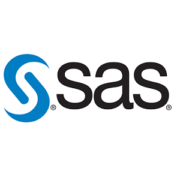




 scientists, which will involve more sophisticated analysis, predictive modeling, regressions and Bayesian classification. That stuff at scale doesn’t work well on anyone’s engine right now. If you want to do complex analytics on big data, you have a big problem right now.”
scientists, which will involve more sophisticated analysis, predictive modeling, regressions and Bayesian classification. That stuff at scale doesn’t work well on anyone’s engine right now. If you want to do complex analytics on big data, you have a big problem right now.”